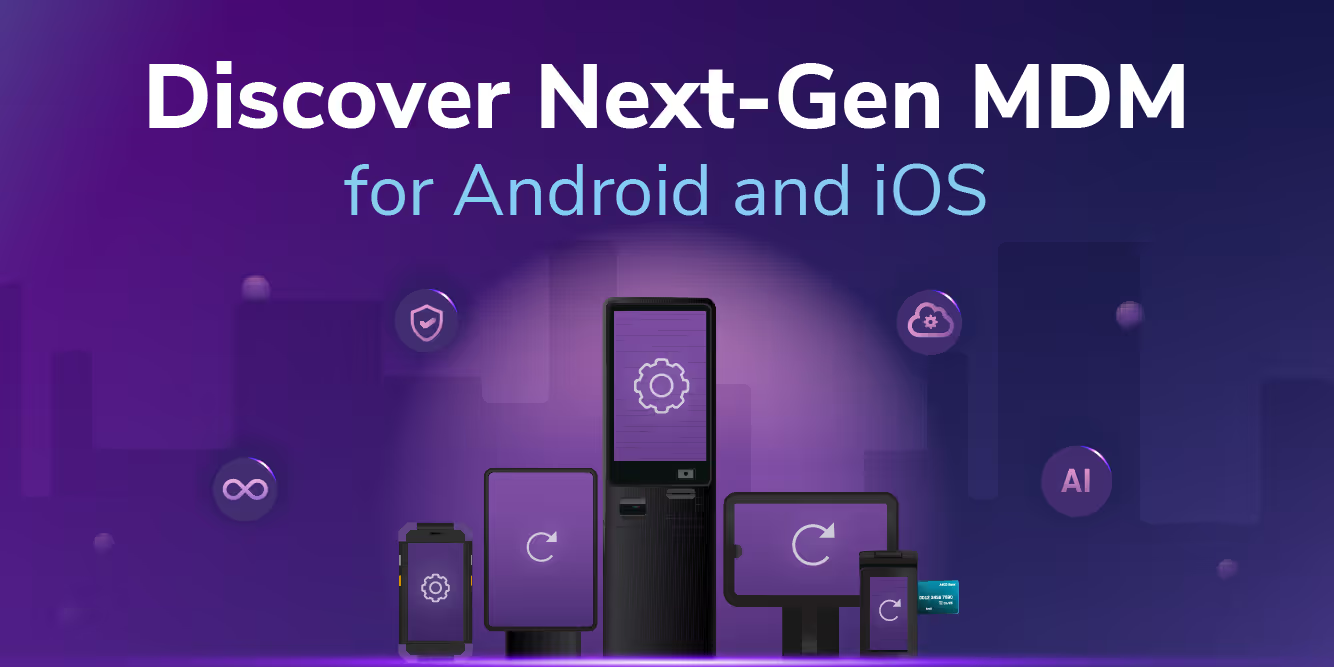Restaurants are all in on new tech investments, according to the latest data from Nation’s Restaurant News. Data from the 2025 Restaurant Technology Outlook Report, a solid 71% of respondents say that new technology is either very important or critical to achieving key business goals.
But when it comes to AI adoption, they’re playing relatively safe — Just 21% of restaurants say they’re currently using any form of artificial intelligence. About half are curious but haven’t made the leap, while 28% say they’re simply not interested.
That’s a missed opportunity. AI may still feel like a new frontier, but businesses inside and outside the hospitality industry are already seeing results from well-tested, strategic use cases, and more uses are just on the horizon.
So why do 28% of restaurants say they’re passing on AI? The data tells one story, but the opportunity tells another. A big part of the problem: There are a lot of misconceptions about what exactly AI can do, and how it’s delivering value right now — so let’s break it down.
“AI Doesn’t Belong in Hospitality.”
Imagine, for a second, candles flickering over a white tablecloth, the sound of wine funneling into a glass, selected and poured for you by the sommelier, and an AI-enabled robot on its way to take your order. If this sounds absurd, it's because it is. In a full-service restaurant, where human connection and personalized service define the experience, AI would feel more dystopian than innovative — but that doesn’t mean it can’t enhance hospitality behind the scenes or support service in the right context.
AI in Front-of-House Systems
Not all hospitality is moody ambiance and linen napkins. In limited-service and quick-service restaurants (QSRs), speed, consistency, and convenience drive customer satisfaction, and AI is quietly becoming a powerful behind-the-scenes ally.
Already, major QSR brands like Bojangles, McDonald’s, Wendy’s, and Taco Bell are experimenting with voice AI drive-thrus, which put the technology at the center of customer interactions. While results have varied, they’re trending positive: A recent study by InTouch Insight found that AI-powered drive-thrus improved perceived friendliness, increased order efficiency, and boosted upselling, with no meaningful drop in order accuracy or satisfaction.
That doesn’t mean full-service restaurants should ignore AI. Integrated into modern POS systems, AI can support staff by surfacing guest preferences and enabling personalized service, and do it all in the background, undetectable by customers who want human hospitality.
“AI Doesn’t Have Understandable Use Cases”
Many of AI’s most valuable applications happen behind the scenes, far from the customer’s view — but that doesn’t make them any less real or powerful. In fact, some of the most established AI use cases today are quietly transforming industries like retail and logistics. Restaurant operations are next.
AI Inventory Management & Forecasting
AI-powered inventory and demand forecasting tools help restaurants better anticipate what they need — and when. These systems use historical sales data, seasonal patterns, and real-time inputs to predict demand and automate ordering, reducing the guesswork (and the midnight lettuce shortages).
Given that 39% of operators say they want to reduce operating costs and 49% prioritize cutting food waste, there’s tangible value in AI models that can ingest disparate data sources and spit out accurate forecasts. With optimized predictions to inform purchasing decisions, AI lightens workloads, minimizes waste, and even guides kitchen prep by aligning production with real-time demand.
Discover Esper Device Management for Restaurants
AI can also connect sales data with external factors like weather to predict traffic patterns and product-specific spikes (hello, iced drinks on hot days). That same intelligence powers smarter staffing, optimized menu planning, and even dynamic pricing — all clear, helpful use cases that will cut costs and maximize revenue.
“AI Hasn’t Proven Its Value Yet”
Inventory management and forecasting tools must harness vast amounts of information. Right now, restaurants sit on a wealth of data from a growing tech stack, yet many operators still struggle to make sense of it. With 41% unsure how to use this data effectively, AI bridges the gap between confusion and clarity.
AI to Make Sense of Data
Built into modern restaurant management platforms, AI can unify data across systems to provide a centralized view of the business. Instead of treating each platform as a separate island, AI connects the dots to surface trends, uncover opportunities, and simplify decision-making.
We already know that there’s an appetite for clearer data and smarter, faster decisions. Unifying data sets into AI helps restaurants finally reveal hidden opportunities, from spotting underperforming menu items to identifying untapped customer segments.
“AI is Overhyped”
Is AI overhyped? Possibly: The buzz can make it seem like AI will transform your restaurant overnight — but we all know there’s no magic wand in foodservice. Behind the noise are real, tangible use cases already delivering ROI for forward-thinking operators, which means that writing AI off entirely would be a bigger mistake.
A Realistic Future of AI in Restaurants
There’s a learning curve in using AI effectively. For restaurants, the journey starts with understanding what AI is and what it isn’t. It’s not a replacement for genuine hospitality; it’s a tool that enhances service. It’s not a plug-and-play miracle, but a set of powerful capabilities that aid advanced forecasting and create efficient, accurate inventory management. It’s not a set-it-and-forget-it marketing; it’s the insights you need to craft tailored promotional strategies. These aren’t flashy, dystopian servers in a five-star restaurant; they’re more often than not practical tools, quietly embedded into platforms you may already use or are considering, and they’re helping restaurants do more with less, faster.
The advancements in AI are a reminder that in a fiercely competitive industry where margins are thin and customer expectations are high, playing it safe isn’t actually safe at all. The operators who lean in, experiment, and adapt will be the ones who win on both sides of the counter. If you’re not testing AI, you can bet your competitors are.
Download: The 2025 Restaurant Technology Outlook
FAQ
Keep Exploring


















